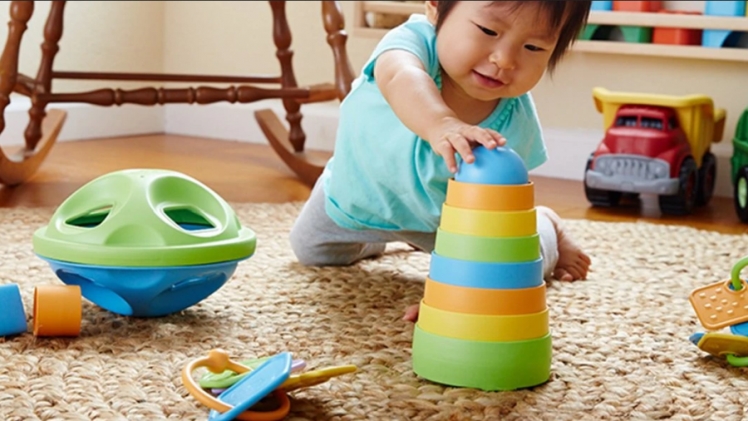There has been a growing awareness of the environmental impact of consumer products, including toys. Traditional toys often contribute to plastic waste, with popular items like Barbie dolls made from non-biodegradable materials. However, a rising demand for sustainable alternatives leads to the emergence of recyclable toys. In this article, you’ll explore the importance of embracing sustainability in the toy industry and the benefits of choosing recyclable toys for children.
Understanding the Environmental Impact of Plastic Toys
Traditional toys, such as Barbie dolls, are often made from plastic materials, with a significant environmental impact. These plastics are derived from fossil fuels and are non-biodegradable, meaning they can persist in the environment for many years. As a result, discarded toys contribute to plastic pollution in landfills, oceans, and ecosystems, posing risks to wildlife and human health. The production and disposal of Barbie plastic toys contribute to carbon emissions and resource depletion, further exacerbating environmental challenges.
The Case for Recyclable Toys
Recyclable toys offer a more sustainable alternative to traditional toys made from non-biodegradable materials. Using recyclable materials such as bioplastics, recycled plastics, or sustainable wood, toy manufacturers can reduce their environmental footprint and contribute to a greater economy. Recyclable toys are designed to be disassembled and recycled, minimizing waste and conserving resources. Additionally, many recyclable toys are made from non-toxic materials, ensuring children’s and the environment’s safety.
Promoting Environmental Awareness
Choosing recyclable toys for children can also promote environmental awareness and sustainability values from a young age. By introducing children to toys made from eco-friendly materials, parents and educators can instill a sense of responsibility for the environment and encourage eco-conscious behavior. Recyclable toys can spark conversations about waste reduction, recycling, and preserving natural resources, empowering children to become stewards of the planet.
Supporting Innovation and Creativity
The shift towards recyclable toys also drives innovation and creativity in the toy industry. Manufacturers are exploring new methods and manufacturing processes to create environmentally friendly and engaging toys for children. From biodegradable plastics to modular toy designs, recyclable toys offer exciting opportunities for innovation and sustainability. By supporting companies prioritizing eco-friendly practices, consumers can encourage further advancements in sustainable toy production.
Reducing Plastic Pollution
One of the most significant benefits of recyclable toys is their potential to reduce plastic pollution. By choosing toys made from recyclable materials, consumers can help prevent plastic waste from entering landfills and oceans, where it poses serious threats to wildlife and ecosystems. Recyclable toys can be recycled at the end of their lifespan, diverting plastic waste from disposal sites and reducing the demand for virgin plastic production. By collectively embracing recyclable toys, you can work toward a cleaner, healthier planet for future generations.
Conclusion
In conclusion, embracing sustainability in the toy industry is crucial for mitigating environmental impacts and promoting a more eco-friendly future. Choosing recyclable toys over traditional ones made from Barbie plastic can significantly benefit the environment, children, and society. Consumers can support innovation, reduce plastic pollution, and instill environmental values in children by opting for toys made from recyclable materials.

